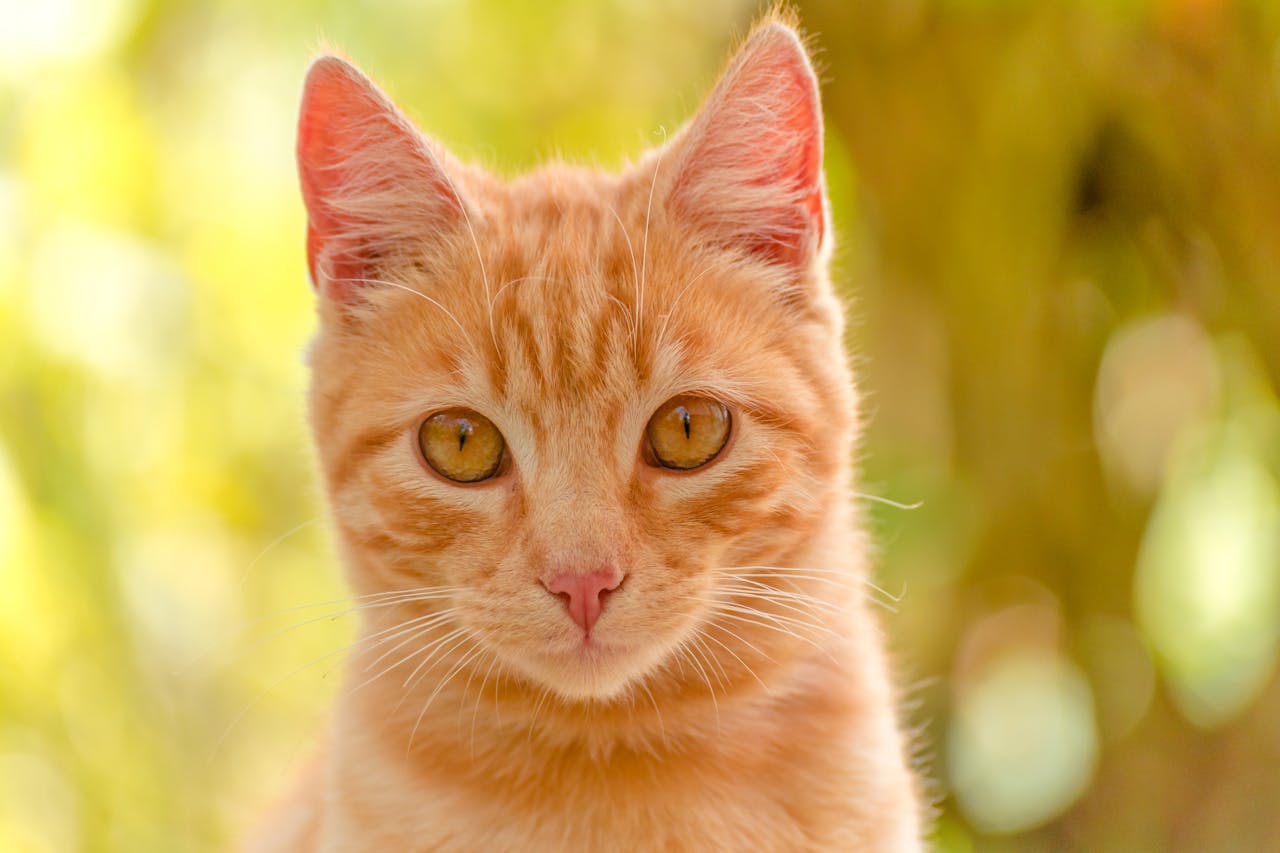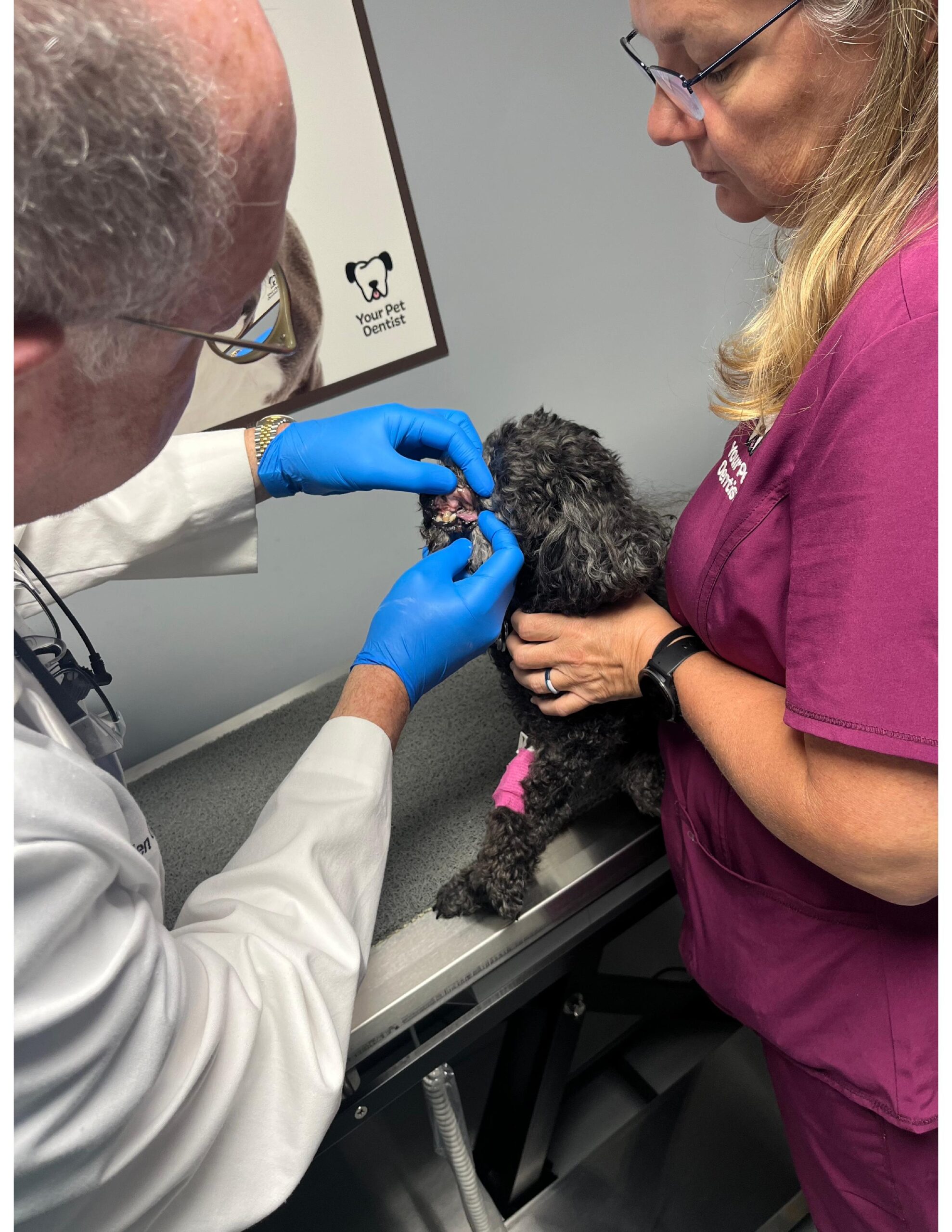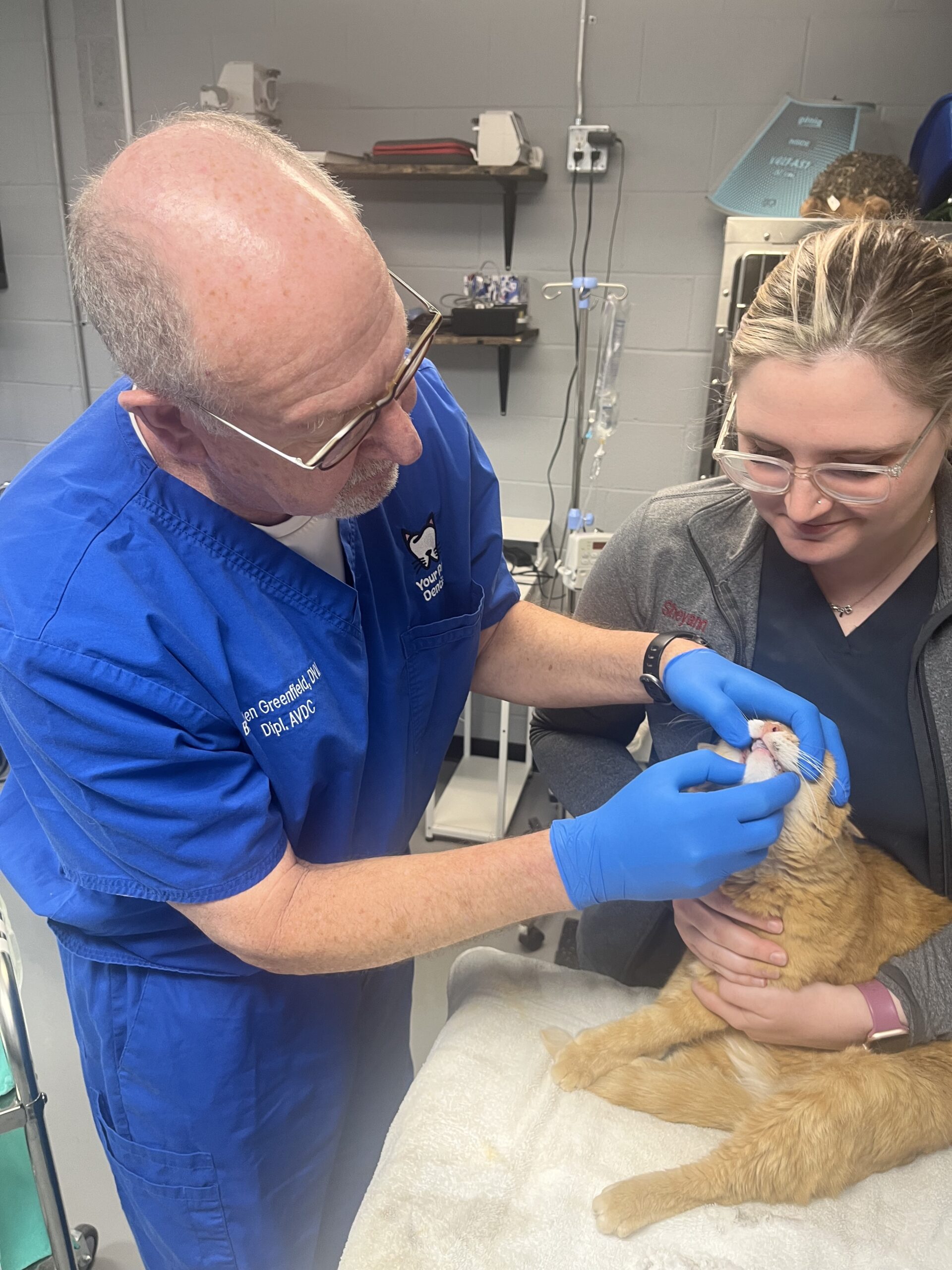
19 Apr What A Veterinary Dentist Looks For In Your Pet’s Mouth Versus What You See
Let’s face it, my eyes see things your eyes just don’t notice with regard to your pet’s oral cavity. That’s because during my dental training I was challenged by my mentor to look beyond the obvious. I want to share what a veterinary dentist looks for in your pet’s mouth, and if you are a veterinarian or pet owner, I hope this will rub off on you so you can be a better examiner.
Calculus
First, let’s start with what you think is important. The most obvious thing people see when looking in their pet’s mouth is calculus. That’s that nasty calcified material that grows above (and below) the gumline on a tooth that has a distinct rough surface. May times, there is an odor related to this similar to rotten eggs or sulfur.
Fractured Teeth
Second, you may, if you’re lucky, see a fractured tooth. The most common teeth that fracture are the canines, incisors, and the maxillary 4th premolar tooth. Unfortunately, you may not be able to tell if this tooth fracture is indeed problematic without exam under anesthesia and the benefit of dental imaging.
However, that’s about it. What you mostly depend on is the RESULT of whatever you see in the mouth versus the actual problem. What I mean by this is blood tinged saliva that may be indicative of advanced oral disease or even worse an oral tumor. Or you notice your pet avoiding hard chews or dropping food that very well may be a sign or a fractured (broken) tooth.
What a Veterinary Dentist Looks for in Your Pet’s Mouth
As a veterinary dental specialist™, let’s look at what my eyes are trained to see, and why I notice more in a dog or cat’s mouth that can be irritating to your pet, thus your pet is suffering silently.
My exam protocol follows this outline:
- Listen to you, the pet owner as to how your pet is acting, playing and eating.
- Observe facial symmetry, which includes the eyes and nasal area. Is there excessive sneezing or nasal discharge? Is there eye discharge and if so, is it from both eyes?
- Palpate mandibular lymph nodes to assess size and symmetry.
- Assess gum color and texture. The gums should be coral pink being smooth and void of bleeding and swelling
- Is there a smell emanating from the mouth? Certain forms of gingivitis have a very foul smell and can be extremely painful.
- Evaluate occlusion (bite). Is there a normal scissor bite, or is there an overbite or underbite?
- Counting teeth and seeing if there are any missing teeth. A cat has 30 teeth and a dog 42. A missing tooth may be embedded below the gumline, causing a painful cyst formation to occur.
- Is there crowing or rotation of teeth? This is a biggie, as crowding and rotation lead to potential bone loss. In a young pet, this could be treated by removing selected teeth to avoid bone loss and pain later in life
- Are there any tooth fractures? A tooth fracture that does not penetrate the pulp cavity can still be problematic and cause severe pain and inflammation.
- Are there any growths in the mouth? A small tumor should be biopsied just as importantly as a larger one, as tumor size does have a direct correlation with survival rates, so identifying sooner is better.
- What does the tongue and palate look like? Any erosions or irritations to either should be investigated. Tumors of the tongue can be quite sinister so identifying quickly is paramount.
- Review any pre-existing conditions such as diabetes, heart disease, kidney disease, high or low thyroid levels, irregular heart rate, etc… that would require our anesthesiologist to map out an anesthetic plan
- Make diagnostic and treatment recommendations

Dr. Greenfield Performing an Oral Examination on Dog
Oral Examination
If one follows this regimen, a complete oral exam has been performed. Remember, having a pet’s teeth cleaned without a thorough exam, dental charting and probing, and most importantly, intraoral dental radiographs is only a partial procedure.

Dr. Greenfield & Technician Performing Oral Examination on Cat
Veterinary Dentist in Nashville
Dentistry and oral surgery is what we do here at Your Pet Dentist of Nashville, and we take pride in being very, very thorough.
Barden Greenfield, DVM, DAVDC Your Pet Dentist of Nashville
Photo by Dennis Caiminagua from Pexels


